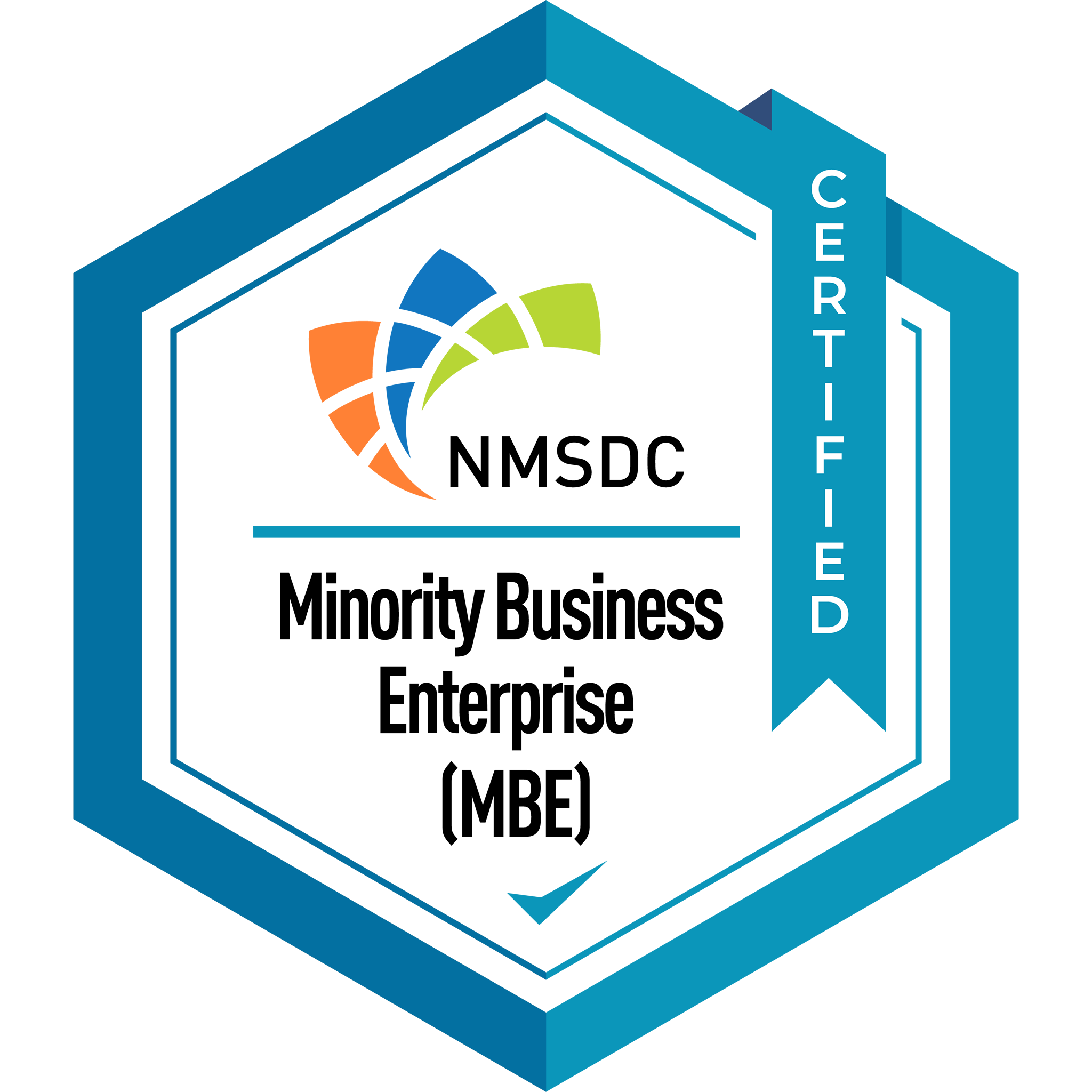Top 4 Open Source Data Lineage Tracking Tools
Boost data governance with top open-source data lineage tracking tools. Compare tools like OpenMetadata and
Blogs
Boost data governance with top open-source data lineage tracking tools. Compare tools like OpenMetadata and
Optimize Microsoft Fabric Capacity with fabric’s serverless consumption-based model. Learn cost strategies to manage workloads
Accelerate your business transformation with Azure data modernization. Unlock scalability, enhance security, and drive innovation
Streamline your incident management process with effective steps and tools that enhance efficiency, reduce response
Unlock the full potential of your data with the Microsoft Fabric ebook and take your business to new heights.

Copyright © 2025. All rights reserved.